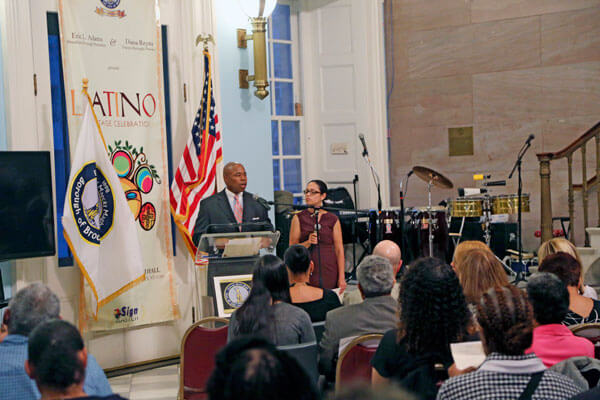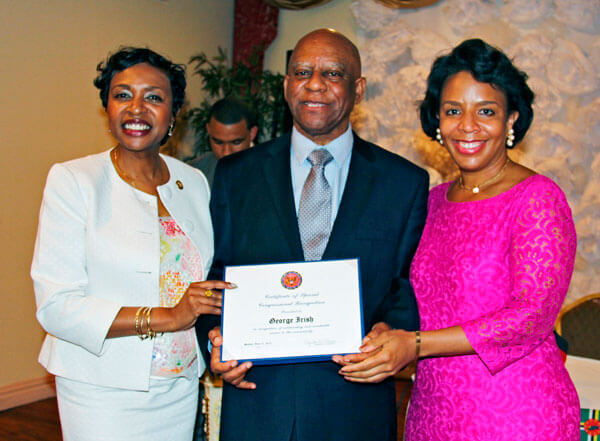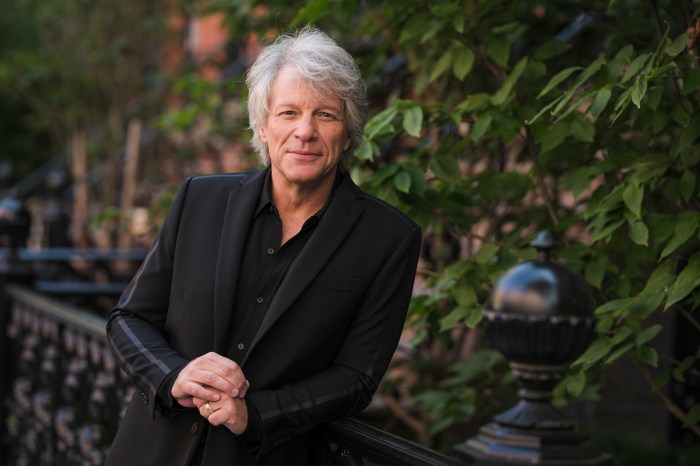Brooklyn Borough President Eric L. Adams has called for greater mass transit investment in Brooklyn.
In testifying before New York State Assembly Standing Committee on Corporations, Authorities and Commissions, on the Metropolitan Transit Authority’s (MTA) 2015-2019 Capital Plan, Adams focused on three areas that he felt the MTA and New York City Transit should address in the coming years.
They are: Disability support, transit infrastructure investment, and bus service expansion and enhancement.
“Brooklyn is a borough on the rise, a burgeoning destination for tourists and a hub for hundreds of businesses large and small,” Adams said.
“To continue our growth and success, success that helps support the tax base of our great state of New York, our transportation system must be upgraded to reflect a 21st century borough that, if it stood alone, would be the fourth-largest city in America, with a geographic footprint of almost 100 square miles,” he added.
On disability support, Adams said only 21 of 170 subway stations in Brooklyn are compliant with the Americans with Disabilities Act (ADA), and that only seven more are planned to be made compliant by 2020.
He noted the high population of senior citizens and disabled residents in the borough, calling for swifter action to address their needs.
“The MTA must make the necessary investments to be in compliance with the ADA and afford their customers, my constituents, access to the subway system,” Adams said.
In this regard, he urged the MTA to expedite its timetable to complete accessibility-related work at the seven remaining stations in the current queue, as well as commit to doubling the number of ADA-compliant stations operating in Brooklyn by 2025.
Adams outlined three potential infrastructure projects that the MTA should invest in to enhance improvements in system capacity.
Firstly, he proposed connecting the Junius Street station on the 3 line with the Livonia Street station on the L line. The lines are only 250 feet from each other.
Secondly, Adams called for linking the East New York station on the Long Island Rail Road with the Broadway Junction subway hub, which has five lines that run through it. These sites are one block apart.
Finally, he suggested the creation of a light rail line along Brooklyn’s waterfront.
“A generation ago, no one imagined that Brooklyn’s waterfront would be some of the most sought-after real estate in the country, for both residential and commercial purposes,” Adams said.
“Yet for all the growth that the waterfront has experienced, from Greenpoint all the way down to Red Hook, this area is poorly served by public transit,” he added, stating that “improvements would spur additional economic development and job creation along the waterfront, especially in growth industries, such as manufacturing, technology and the innovation economy.”
On bus service expansion and enhancement, Adams called for the restoration of service along several bus lines, including the full length of the B37, B70 and B8.
He also added his voice to those calling for faster installation of countdown clocks for bus and subway stations, and urged the need to invest in bus rapid transit (BRT) and select bus service (SBS).
“The most significant investment the MTA can make in our bus system is more bus rapid transit or select bus service along major corridors throughout the borough,” the Brooklyn Borough President said.
For example, he said the BRT or SBS service along Flatbush Avenue, Eastern Parkway, Utica Avenue and Kings Highway would open up many of the neighborhoods of southern and eastern Brooklyn and provide a more direct link to the more northern areas of the borough.
Additionally, Adams said the east-west route along Kings Highway would serve the added benefit of providing a “fast and convenient connecting link” between the F, N, B and Q subway lines.
Adams said he looked forward to working with the MTA and the Assembly Standing Committee on Corporations, Authorities and Commissions, including its chair, Assembly Member James Brennan, in addressing the priorities in his mass transit agenda.


























